Discovering the World of Peonies
Peony are one of the most beloved and popular flowers in the world, and for good reason. With their lush, full blooms and delicate fragrance, peonies are a symbol of beauty, grace, and elegance. Whether you’re a seasoned gardener or a flower enthusiast, there’s no denying the allure of these stunning blooms.
In this article, we’ll explore the world of peonies, from their fascinating history to the different types and colors available. We’ll also provide tips on how to grow and care for peonies, as well as ideas for creating beautiful bouquets and arrangements.
So, sit back, relax, and let’s dive into the enchanting world of peonies. By the end of this article, you’ll have a newfound appreciation for these gorgeous flowers and be inspired to incorporate them into your own garden or home decor.
Types of Peonies: Exploring the Different Varieties
Peonies come in a variety of types, each with their own unique characteristics and beauty. From the classic herbaceous peonies to the stunning tree peonies, there’s a type of peony for every garden and taste.
Herbaceous Peonies
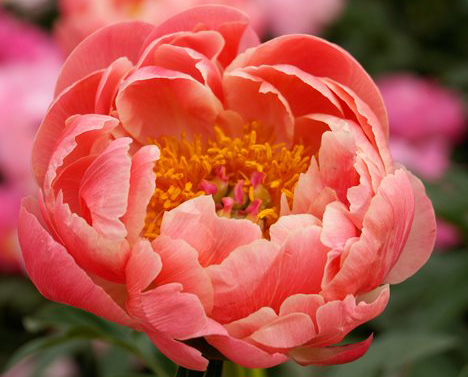

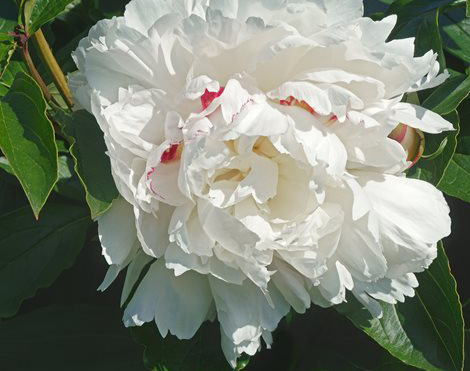
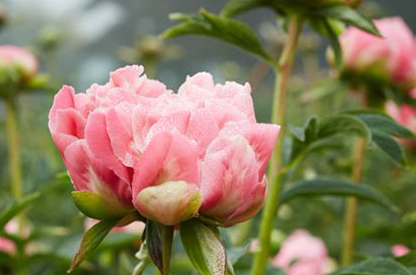

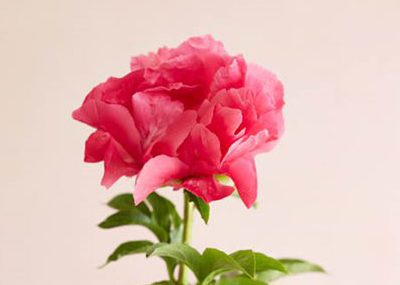
Herbaceous peonies are the most common type of peony and are known for their large, showy blooms. These peonies have soft stems that die back to the ground in winter and re-emerge in the spring. They come in a range of colors, from pure white to deep red, and are often used in garden borders and as cut flowers.
Tree Peonies

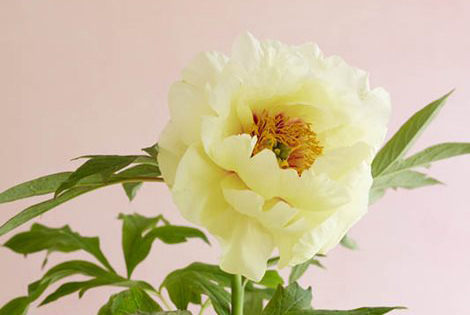
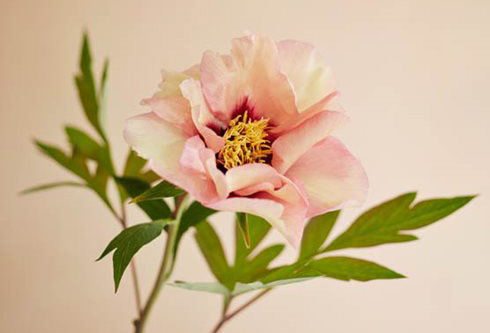
Tree peonies are a woody shrub that produces large, colorful blooms in the spring. Unlike herbaceous peonies, tree peonies maintain their woody stems year-round and can grow up to six feet tall. These peonies come in a variety of colors, including pink, red, yellow, and white, and are prized for their unique beauty.
Intersectional Peony

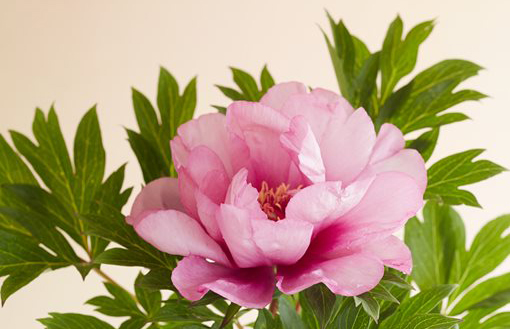
Intersectional peonies, also known as Itoh peonies, are a hybrid between herbaceous and tree peonies. These peonies have the large, showy blooms of herbaceous peonies and the woody stems of tree peonies, making them a popular choice for gardeners who want the best of both worlds. Intersectional peonies come in a range of colors, from soft pastels to bold, bright hues.
Whether you prefer the classic beauty of herbaceous peonies or the unique charm of tree and intersectional peonies, there’s a type of peony that’s sure to capture your heart. By incorporating these stunning flowers into your garden or home, you’ll be able to enjoy their beauty and fragrance all season long.
Growing Peonies: Tips for a Bountiful Bloom
Growing peonies is a rewarding experience, but it does require some care and attention. With the right location, soil, and care, you can enjoy a bountiful bloom of these stunning flowers year after year.
Choosing the Right Location for Peony
Peonies thrive in full sun to partial shade, so it’s important to choose a location that gets at least six hours of direct sunlight per day. They also require well-draining soil, so avoid areas that are prone to standing water or have heavy clay soil. Peonies prefer slightly acidic soil with a pH of 6.0 to 7.0.
Soil Requirements
Before planting peonies, it’s important to prepare the soil properly. Start by digging a hole that’s about two feet wide and one foot deep. Mix in plenty of organic matter, such as compost or well-rotted manure, to improve soil structure and fertility. You can also add bone meal or other phosphorus-rich fertilizers to promote root growth.
Planting and Caring for Peonies
Plant peony roots in the fall, ideally in September or October, to give them time to establish before winter. Make sure the eyes, or growth buds, are facing up and are no more than two inches below the soil surface. Water the newly planted roots thoroughly and keep the soil moist but not waterlogged.
In the spring, apply a balanced fertilizer, such as a 10-10-10 or 5-10-5 formula, to promote healthy growth. As the plants grow, provide support with stakes or cages to prevent them from toppling over under the weight of their blooms. Deadhead spent blooms to encourage the plant to produce more flowers.
Common Pests and Diseases
Peonies are generally resistant to pests and diseases, but they can be susceptible to fungal diseases, such as botrytis blight and powdery mildew, in humid or wet conditions. To prevent these diseases, make sure plants have good air circulation and avoid overhead watering. If necessary, treat with a fungicide according to label instructions.
By following these tips for growing and caring for peonies, you can enjoy a beautiful and healthy plant that will provide stunning blooms year after year. With a little patience and attention, you’ll be rewarded with a bountiful crop of these gorgeous flowers.
Peony Bouquets and Arrangements
Peonies are not only stunning in the garden, but they also make beautiful additions to bouquets and floral arrangements. With their large, lush blooms and delicate fragrance, peonies add a touch of elegance and romance to any arrangement.
Choosing the Right Peony
When selecting peonies for a bouquet or arrangement, choose blooms that are just starting to open. This will ensure that they last longer and won’t wilt too quickly. Look for peonies with strong stems and no signs of damage or disease.
Pairing Peonies with Other Flowers
Peonies pair well with a variety of other flowers, including roses, ranunculus, and hydrangeas. When creating a bouquet or arrangement, choose flowers that complement the color and style of the peonies. For example, pair soft pink peonies with white roses and greenery for a classic and romantic look.
Creating a Beautiful Arrangement
To create a beautiful peony arrangement, start by trimming the stems at an angle and removing any leaves that will be below the water line. Arrange the peonies in a vase or container, starting with the largest blooms in the center and working outward. Add other flowers and greenery as desired, filling in any gaps and creating a balanced and visually appealing display.
Caring for Peony Arrangements
To keep peony arrangements looking fresh, change the water every few days and trim the stems at an angle. Keep the arrangement away from direct sunlight and heat sources, as this can cause the flowers to wilt more quickly. With proper care, peony arrangements can last up to a week or more.
By incorporating peonies into your bouquets and arrangements, you can add a touch of beauty and elegance to any occasion. With a little creativity and attention to detail, you can create stunning displays that will be admired and appreciated by all who see them
Symbolism and Meaning of Peony
Peonies are a representation of luck, wealth, and love. They are linked to compassion, honor, and healing as well. Peonies are said to bring luck and provide protection from evil spirits in various cultures.
Peonies have different meanings in different cultures. In China, peonies are known as the “king of flowers” and are a symbol of wealth, prosperity, and honor. They are often used in traditional Chinese medicine to treat various ailments.
If you suffer from anxiety or depression, white peony may also be able to help. It contains compounds that have a calming effect on the body and can help reduce feelings of anxiety and depression. This makes it an excellent natural remedy for those who suffer from these conditions.
In Japan, peonies are a symbol of bravery, honor, and good fortune. They are often depicted in Japanese art and literature, and are a popular flower for weddings and other special occasions.
In Western cultures, peonies are a symbol of romance, love, and beauty. They are often given as gifts to show affection, and are a popular flower for weddings and other romantic occasions.
Conclusion
In conclusion, peonies are not only beautiful and fragrant flowers, but they also hold a special significance and symbolism in many cultures around the world. From love and romance to honor and prosperity, peonies represent a variety of meanings and emotions. Whether you’re growing them in your garden, using them in bouquets and arrangements, or simply enjoying their beauty and fragrance, peonies are a timeless and meaningful choice that will bring joy and beauty to your life. By following the tips and guidelines outlined in this article, you can grow and care for peonies successfully and appreciate their significance and symbolism on a deeper level.

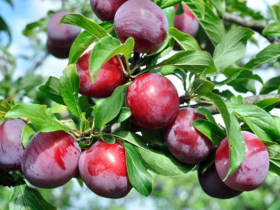










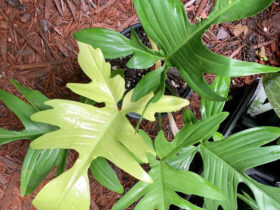
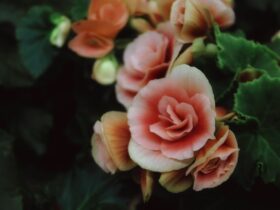


Leave a Reply